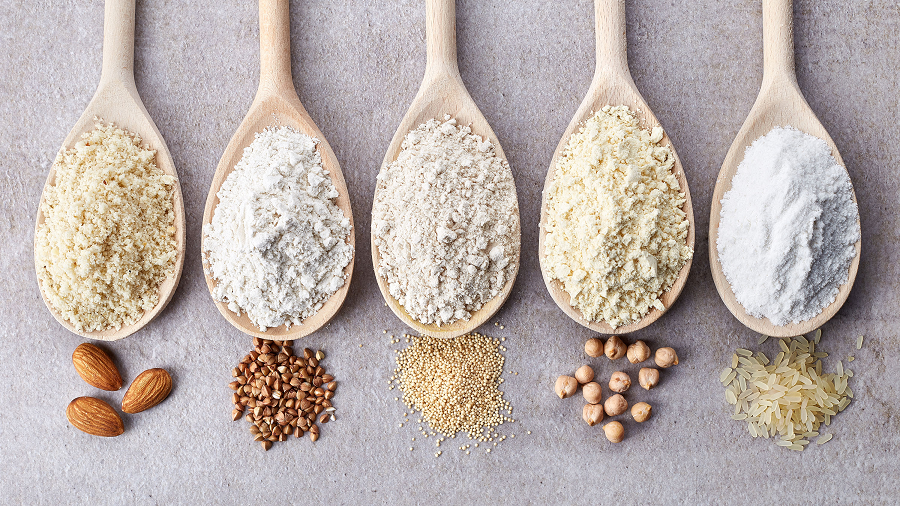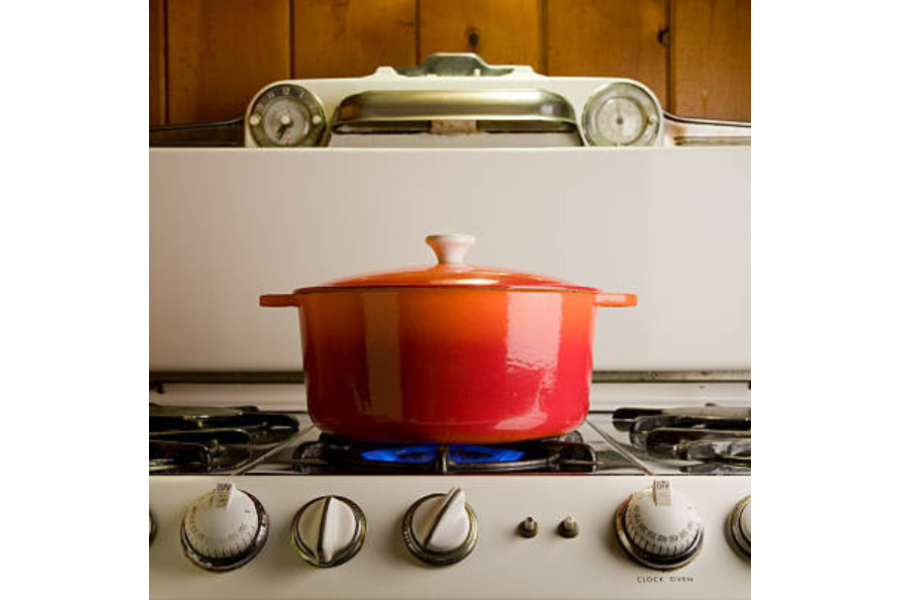6 Gluten free Flours which can replace Wheat for cooking 2021
In case you’re diagnosed with celiac disease, are allergic to gluten, or have been after a paleo diet, then that will be of interest for you. Most of what we consume has some quantity of flour inside starting from sandwiches.
For the uninitiated, gluten is a protein present in wheat, rye, barley and triticale that gives elasticity to the dough when it’s worked with any liquid. A gluten-free flour, simultaneously, has more health and nutritional value.
Must check– Gluten-Free Snacks
Based on what’s accessible for you, here are a few top fermented pasta choices which you may swap your pasta or processed flour with. They are tasty, healthy and exceptionally flexible.
1. Black Rice Flour
Locally-sourced in the Northeast and understood to be rich in antioxidants, black rice is also a natural detoxifier and also a fantastic source of fiber. It is fantastic for diabetics as it comprises Cyanidin 3 glucoside which helps balance glucose levels. Consequently, in case you’ve got a sweet tooth and can not do with no dessert, then black rice flour may be utilized to create yummy cakes, brownies, and halwas.
2. Coconut Flour
Made from dried coconuts, coconut milk isn’t just tasty but is full of fiber, encouraging digestion, and enhancing metabolism. Additionally, it has a low glycemic index, maintaining your blood glucose level in check. If you are considering substituting your processed flour whilst baking cookies, brownies, or cakes, coconut milk may be a terrific option.
3. Oat Flour
Produced by grounding whole-grain oats, oat flour when combined with all-purpose flour while baking effects at a chewier, crumblier texture. Chock-full with soluble antioxidants and fiber, oat flour has health advantages because they protect against cardiovascular disease and lower blood glucose levels. They also encourage metabolism and weight control when included frequently from the diet.
4. Tapioca Flour
Produced from a sterile liquid extracted from cassava root, tapioca flour is used while creating crepes, flatbreads, pudding, and muffins. In addition, it can be utilized as a thickener in sauces, sauces, and pies as it doesn’t possess a different flavour or flavor of its own. Its immune starch content is connected to enhanced insulin sensitivity, lower blood glucose levels, and other digestive advantages.
5. Amaranth Flour
Having an earthy, nutty flavour, amaranth or rajgira flour is chiefly used for baking and has to be combined with other flours for improved consistency. It may be used for making tortillas, pie crusts, and various sorts of breads. It is super rich in fiber, protein, and micronutrients like manganese, magnesium, phosphorus, phosphorus, and selenium which promote bone and brain health.
6. Sorghum Flour
Also called jowar flour, this one’s a fantastic source of protein and fiber, which, in turn, helps slow down glucose absorption. It creates a high energy food along with the amino acids in Sorghum that have been thought to be more readily digestible than those located in wheat.
This slightly sweet tasting flour is very good for making breakfast staples like dosa, upma as well as pancakes.
We say variety is the spice of life. Why stick to only 1 cooking flour when you’re able to be experimenting with many?





Post Comment
You must be logged in to post a comment.